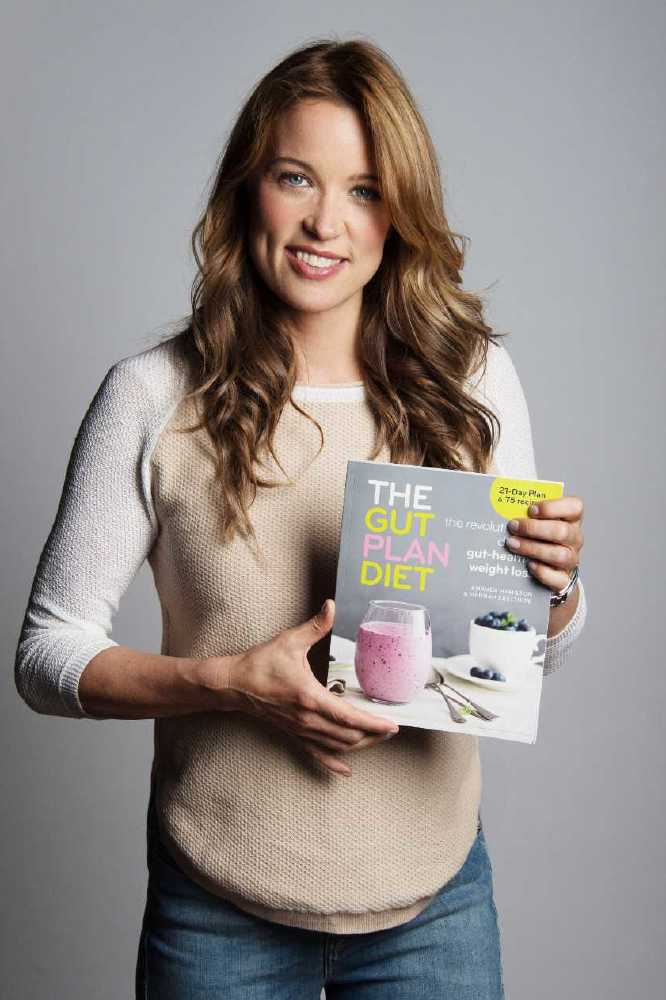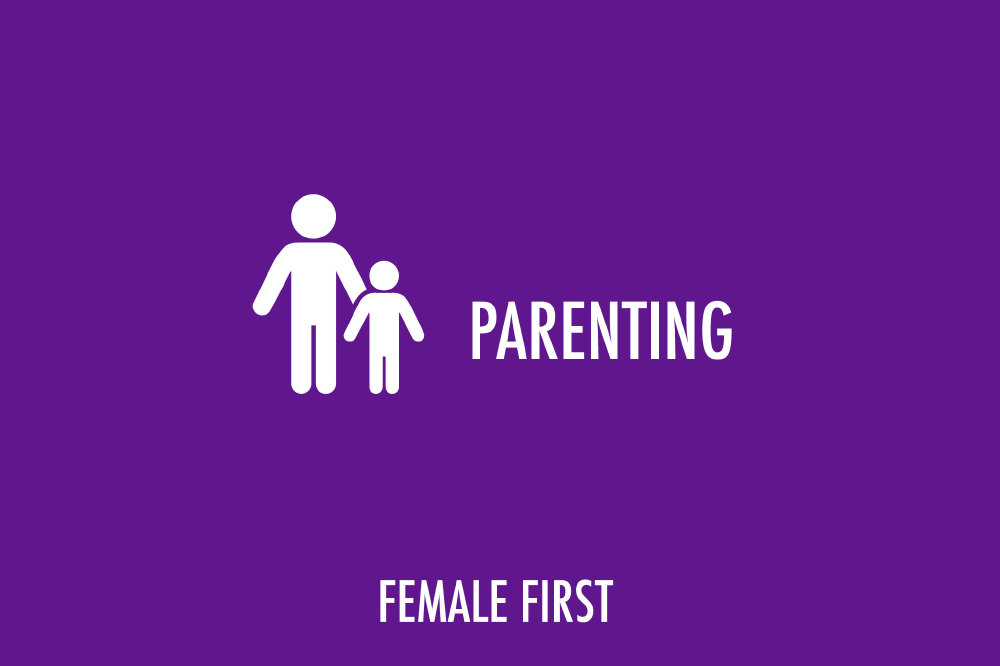2020 served as a reminder to look after our health and think carefully about how what we put into our bodies can affect what we get out, physically and mentally. With the buzz around digestive health products showing no signs of slowing, esteemed nutritional therapist Amanda Hamilton is working with Bioglan Superfoods to share her practical advice on looking after one of the bodies’ most powerful processors.

The Gut Plan Diet
The function of the gut
Whilst most notably a digestive organ, the gut goes beyond its primary function and can be considered the bodies’ powerhouse, from brain power to immunity, this hard-working organ lends a helping hand to all over wellness. In fact, 70% of your immune system is found in your gut meaning a strong gut can help you to ward off nasty bugs and infections.
A gut feeling
Butterflies in the stomach? There’s a stronger link than you may think as the bodies largest nerve, the Vagus nerve, connects the gut and the brain which could explain why when you feel nervous your stomach drops, or why those who suffer from IBS are more prone to stress.
The Vagus Nerve acts as a channel for neurotransmitters between the brain and the gut, and it may come as a surprise that 90% of the neurotransmitter Serotonin, dubbed the happy hormone, is produced in your gut. Meaning that good gut health can mean a happier you.
Gulping down your food, not chewing properly, eating on the run, sending texts and emails while eating and simply consuming too much leaves your digestive system overworked and stressed too. So, try to savour food more slowly, and try to avoid multitasking during mealtimes.
Being good to our gut
The gut’s purpose in maintaining all over wellness is why its important to take a holistic approach to looking after our health. To ensure a healthy gut it’s important to go back to basics, and achieving good gut health more often than not means adding foods to enrich your diet, rather than cutting out food groups.
Prebiotics are a form of indigestible fibre. They pass through the small intestine and end up in the large intestine, where they provide a feast for waiting microbes. Think of them like fertilizer – they allow your friendly bacteria to grow and multiply. They come from fibrous foods, the top sources being bananas, asparagus, chicory, Jerusalem artichokes, dandelion leaves, onions, leeks and garlic (although other fruit and vegetables, pulses, nuts and seeds contain some prebiotic fibre, too). A prebiotic diet has been shown to increase bacteria numbers in the gut, so we can call these sorts of foods ‘functional’. It’s recommended we have at least 5g prebiotic fibre a day, which would be hard to get from one source. So the more and wider variety of vegetables and fruit you can eat daily, the better.
Probiotics are foods that contain live bacteria and yeasts – some are naturally fermented, some have cultures added. By ingesting them the idea is they make it through the digestive tract to the large intestine and help to increase the population and activity of the microbiome.
You’ve probably heard of probiotics in yoghurt and milky drinks that are marketed specifically as functional foods, able to restore your ‘natural balance’. These often, however, have added sugar which can unbalance the microbiome, so might not be the best choice. There’s also a vast array of probiotic supplements available in pill or powder form but knowing which strains of bacteria they contain (versus which you need), in what amounts and if they can survive the journey to your gut, however, is another matter. Choose from kefir, kombucha, kimchi, sauerkraut and other pickles, miso, aged cheese, unsweetened natural ‘live’ or ‘bio’ yoghurt. Introduce them gradually and reap the benefits.
● Asparagus season peaks in April, so it’s the ideal time to experiment with this great source of prebiotics. Asparagus is usually lightly cooked, but you can also try it raw by shaving into thin raw slivers for a gourmet style topping to soups or salads.
● Banana is one of the most convenient prebiotic foods around. It’s also loaded with potassium too. If you are not a fan of a banana as a snack, try to add half a banana to a green smoothie of spinach and plant-based milk for an easy option. If you freeze the banana in chunks before adding to smoothies it adds a lovely chill factor!
● Kefir isn’t just for drinking. Add a couple of tablespoons to a fibre-rich chia pudding to double up on gut-health benefits.
○ Ingredients: 1 tbsp chia seeds, 2 tbsp kefir, 2 tbsp milk of choice, 1 tsp lemon juice and 1 tsp lemon zest, Bioglan Superfoods Digestive Boost.
○ Method: Mix the chia seeds into the yoghurt and non-dairy milk then add lemon juice and mix until well combined.Transfer into a small ramekin or bowl, cover and leave in the fridge for at least 30 mins to thicken. Sprinkle with Bioglan Superfoods Digestive Boost before serving.
If you’re looking to give your gut an extra helping hand, you may want to try a supplement. Bioglan Superfoods Digestive Boost is a cleverly formulated all-rounder, with a mix of prebiotics, probiotics, enzymes and superfoods, reinforced with vitamin B12 to support the immune system.
RELATED: Five tips on how to look after your toddler's gut this Christmas
Christmas can be a challenging time for family gut health, especially with all the sweet treats floating around! Sugar kills off the good bugs inside the gut just as pouring bleach into a river kills off the fish - and the results for your toddler may be “gut dysbiosis,” which means an out-of-whack ecosystem inside the gut...


